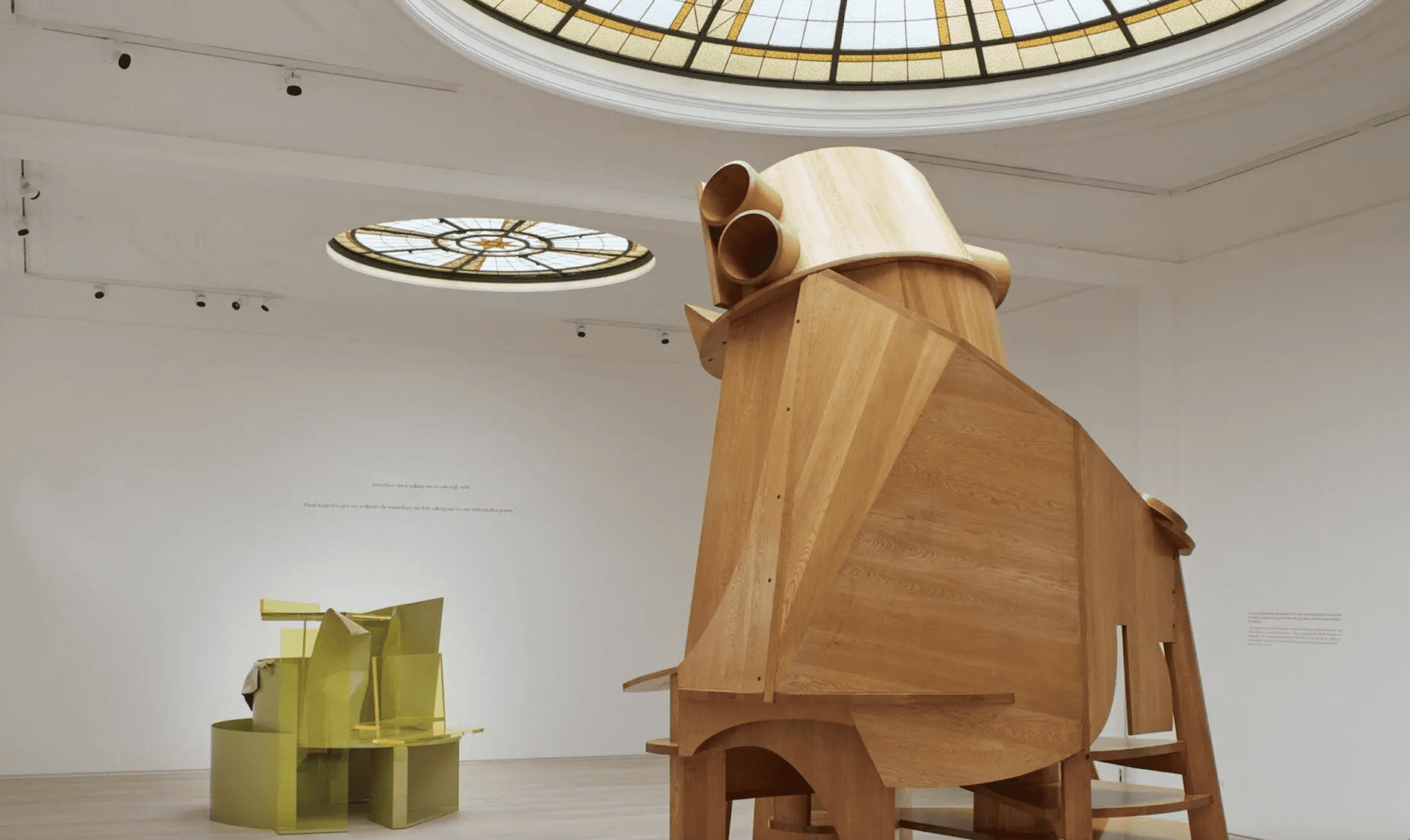
Anthony Caro: The Inspiration of Architecture
08 March - 10 September
Caro heralded a revolution in sculpture in the 1960s, redefining what sculpture was and what it could be. His abstract constructions in painted steel overturned conventional ideas about materials, methods, surface, scale and space. Architecture was an important source of his inspiration, which he described as “perhaps the purest abstract visual form.”
The exhibition will focus on the resurgence and development of architectural themes within Caro’s sculpture, comprising 16 key works created between 1983–2013. The pieces explore contained space and its relation to the human figure; architectural features such as passages, doors and steps in the form of sculpture; the use of specific materials – notably Caro’s use of coloured Perspex, which echoes Soane’s use of stained glass, as well as steel, wood, concrete, stoneware and brass; and the relationship between exterior and interior areas.
“This exhibition develops a fertile dialogue between Caro’s sculpture and the unique character of Soane’s building.”
Paul Moorhouse
Curator, Chief Executive of the Anthony Caro Centre
Highlights of the exhibition include The Child’s Tower Room (1983–4), the earliest work on display which breaches the boundaries between sculpture and architecture with spiral steps and hidden chambers, which children will be invited to explore within the exhibition. Autumn Rhapsody (2012–13) reveals Caro, at the end of his life, continuing to develop the language of sculpture with concealed, enclosed spaces that the viewer glimpses through surrounding walls of transparent Perspex. The exhibition’s climax is formed by four large works in which he explored the transition from one place to another. A room devoted to small-scale sculptures will demonstrate the intimate nature of Caro’s architectural language.
“Wild — and children are loving it to bits”
Michael Glover

General Info
Venue / Location
Pitzhanger Manor & Gallery More Info
London
W5 5EQ
view map